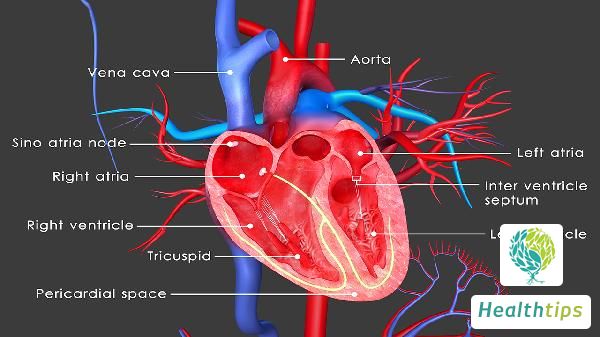Which Fruits and Vegetables Are Considered "Fatty" Foods?
Fafa foods are explained from the perspective of traditional Chinese medicine. They mainly refer to foods with high nutritional value but certain stimulatory properties that can easily trigger or exacerbate certain diseases. Common vegetables and fruits that are considered fafa foods include Chinese toon, rape, coriander, peaches, mangoes, and plums.

1. Which Vegetables and Fruits Are Considered Fafa Foods?
There are many vegetables and fruits that are classified as fafa foods. Common vegetable fafa foods include Chinese toon, rape, coriander, mustard greens, spinach, bean sprouts, lettuce, eggplants, water chestnuts, leek, bamboo shoots, pumpkins, arrowhead roots, and shiitake mushrooms. Fruit fafa foods commonly include peaches, gingko nuts, mangoes, apricots, plums, waxberries, cherries, lychees, and melons. When consuming these foods, it is important to be aware of any discomfort and seek medical attention promptly if necessary.
2. Causes of Fafa Foods Triggering Diseases
There are several possible reasons why fafa foods can lead to recurrence or exacerbation of old diseases. Firstly, some animal-based foods contain certain hormones that can stimulate hyperactivity or metabolic disorders in the human body. For example, excessive glucocorticosteroids can trigger infection spread, ulcer bleeding, epileptic seizures, and other conditions that can lead to recurrence of old diseases. Secondly, the allergenic proteins present in some foods can cause allergic reactions and recurrence of allergic diseases. Seafood such as fish, shrimp, and crabs often trigger skin allergies such as urticaria, eczema, neurodermatitis, and pustular skin diseases. Fermented tofu can also sometimes trigger asthma recurrences. Thirdly, some strongly stimulating foods such as alcohol, onions, and garlic can easily cause inflammation spread and worsen infectious lesions. This explains why traditional Chinese medicine advises against consuming spicy and stimulating fafa foods in cases of heat-related syndromes.
3. Characteristics of Diseases Caused by Fafa Foods
Diseases caused by fafa foods typically manifest as fever, skin lesions, internal heat, wind-related symptoms, mucus production, bloating, constipation, diarrhea, and exacerbation of chronic illnesses. These include manifestations of food-induced allergies in allergic diseases such as allergic purpura, dermatitis, eczema, enteritis, and urticaria, as described in modern medicine.



















